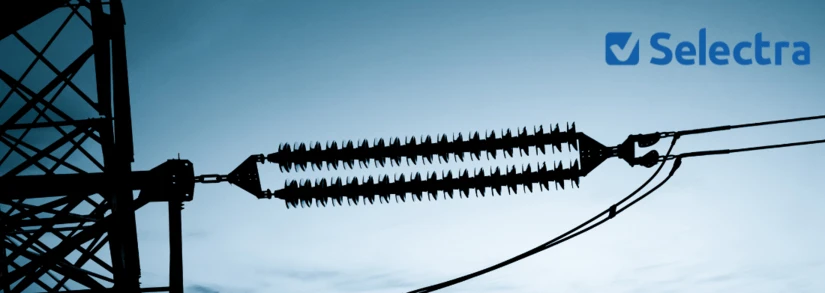CRU Confirm Increase to Electricity Network Fees Adding €29 a Year To Electricity Bills

The Commission for Regulation of Utilities (CRU) has confirmed that Irish electricity network fees will increase, adding an estimated €29 to the average annual household bill. The hike is driven by the significant investment required to upgrade the national grid, integrate more renewable energy sources, and meet growing demand from data centres and the wider electrification of transport and heat. This rise, effective from December 1st, highlights the cost of modernising Ireland's energy infrastructure.
When Are the CRU Increasing Electricity Network Fees?
Irish electricity customers are facing another increase to their household budgets as the Commission for Regulation of Utilities (CRU) has announced an increase in electricity network charges taking effect from December 1st.
The increase is estimated to add roughly €29 per year to the average annual electricity bill, which is lower than the estimated €100 a year increase following last year's network fee increases.
This news comes at a time when many households are still grappling with the lingering effects of high inflation and the broader cost-of-living crisis, with Irish electricity prices remaining amongst the highest in Europe.
Why Are Network Charges Increasing Now?
The CRU, as Ireland's independent energy regulator, is responsible for setting these charges. Each year, it approves the revenue that EirGrid and ESB Networks require operating, maintain, and invest in the grid.
The recent increase stems from several significant and interlocking factors, primarily driven by Ireland's ambitious climate targets and evolving energy landscape.
One of the most substantial drivers is the integration of renewable energy sources. Ireland has committed to achieving 80% renewable electricity by 2030, a target that heavily relies on onshore and offshore wind power, as well as solar energy.
While beneficial for the environment, integrating these intermittent sources into a stable grid is a complex and expensive undertaking.
What Are Network Charges?
Network charges are the fees paid to maintain, operate, and develop the physical infrastructure that delivers electricity to your home or business.
This essential infrastructure is made up of two key parts:
- Transmission lines: The high-voltage “motorways” managed by EirGrid.
- Distribution lines: The lower-voltage “local roads” managed by ESB Networks.
The recent increase in these charges is a direct result of the significant investment needed to upgrade this infrastructure for Ireland's energy future.
The main reasons for the rise can be broken down into the following categories:
| Reason for Increase | Explanation |
|---|---|
| Renewable Energy Integration | The grid needs to be modernised to handle the intermittent and decentralised nature of wind and solar power. This requires new transmission lines and advanced grid management systems to ensure a reliable supply. |
| Growing Demand from Data Centers | Ireland is a major hub for data centres, which are incredibly energy-intensive. Their rapid growth puts immense strain on the network, requiring substantial investment in new substations and connections. |
| Electrification of Society | As more people adopt electric vehicles (EVs) and heat pumps, the local electricity network needs significant upgrades. This investment ensures the grid can handle the increased demand without risk of overload. |
| Grid Maintenance & Modernization | Ireland's electricity network is ageing and requires continuous investment for safety, reliability, and efficiency. This includes everything from routine repairs to the digitalisation of the grid to create a more resilient system. |
In short, the grid is being transformed from a traditional, centralised system to a modern, decentralised one that can accommodate clean energy and new technologies.
These network charges are the financial mechanism used to fund that crucial transition.
What Does This Mean for My Electricity Bill?
The CRU's announcement indicates that the increase in network charges is projected to add an average of €29 to a typical annual household electricity bill
Suppliers can adjust either or both of these components to reflect the increased network charges. This means that while the underlying cost increase is consistent, the actual impact on your bill might vary slightly depending on your specific supplier and tariff plan.
This increase has already been seen as Flogas have decided to increase their electricity prices by 7% to pass on the cost of the network charge increase to its customers.
Customers who consume more electricity, perhaps due to larger households, older appliances, or less energy-efficient homes, will likely see a higher absolute increase in their bills.
Conversely, those with lower consumption will see a smaller monetary impact, though the percentage increase might still be significant.
Looking For Other Ways to Reduce Your Energy Bill?
Stay up to date with the latest news from Selectra to learn how to lower your energy bills or find a cheaper electricity provider.
